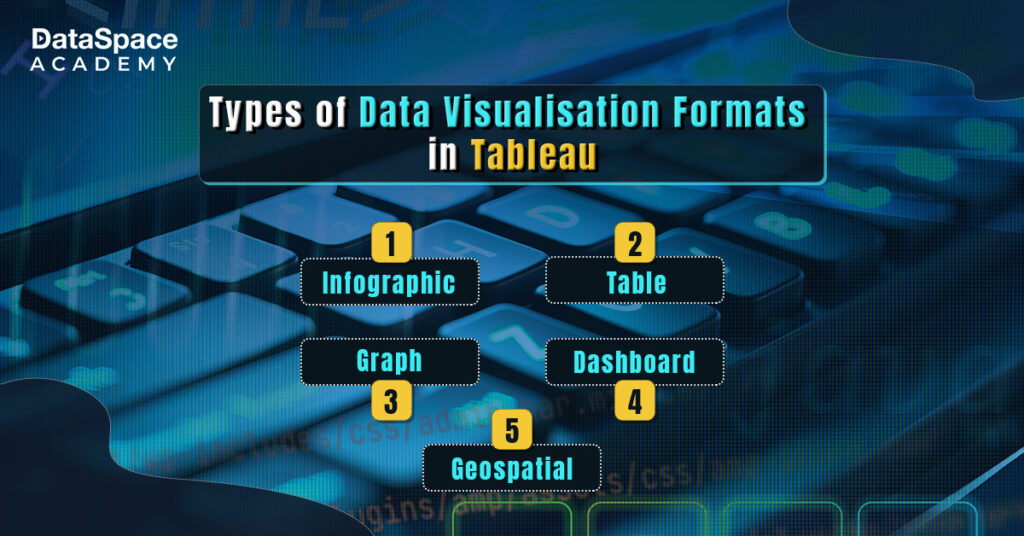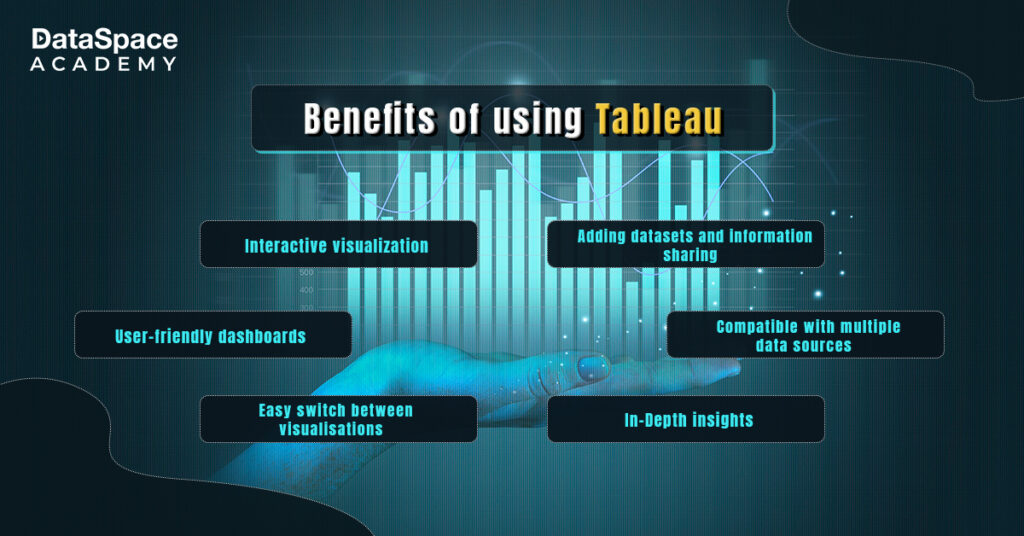Businesses around the world are struggling with a humongous data set. And most of it is cluttered data. Thus, it becomes extremely cumbersome for professionals to analyse this vast set of raw data. The
Tableau tool comes to the rescue here. One of the most popular
data science tools, Tableau facilitates the simplification of raw data in an easily comprehensible format. The tool also helps to create a customised dashboard, as per the specific demands of a business. Developed by a leading data visualisation company, Tableau is widely utilized by data scientists for data exploration across the world.
Some of the unique features of Tableau that make it one of the most sought-after tools for data analysis are:
Data visualisation refers to pictorial representation of the data and information with charts, graphs, and maps. Put simply, the visualisation methods help to showcase the data interestingly and effectively.
Tableau’s data visualisation feature portrays an easy understanding of patterns, trends, insights, and connections throughout the database.
Some of the types of visualization techniques are as follows:

Tableau is capable of extracting and connecting to the various sources of data. The tool is capable of pulling data from multiple platforms including the database such as Microsoft Azure SQL database, Oracle database and google cloud SQL.
Tableau is fast becoming the go-to tool for data scientists for reasons more than one.

With a wide range of features and visualisation, Tableau is one of the commonly used tools in the data analytics domain. However, there are still some of the popular competitors of Tableau:
Summing up, Tableau is one tool that every data scientist or analyst should master. Its interactive visualisation facility and user-friendly dashboard make it a charm to use. However, Tableau is just one of the multiple tools that data scientists need to work with. Aspiring data scientists should sign up for a credible
data science course online to learn about the leading data science tools. However, you should also make sure that your chosen data science course offers hands-on training on the tools, added to the theoretical learning.



